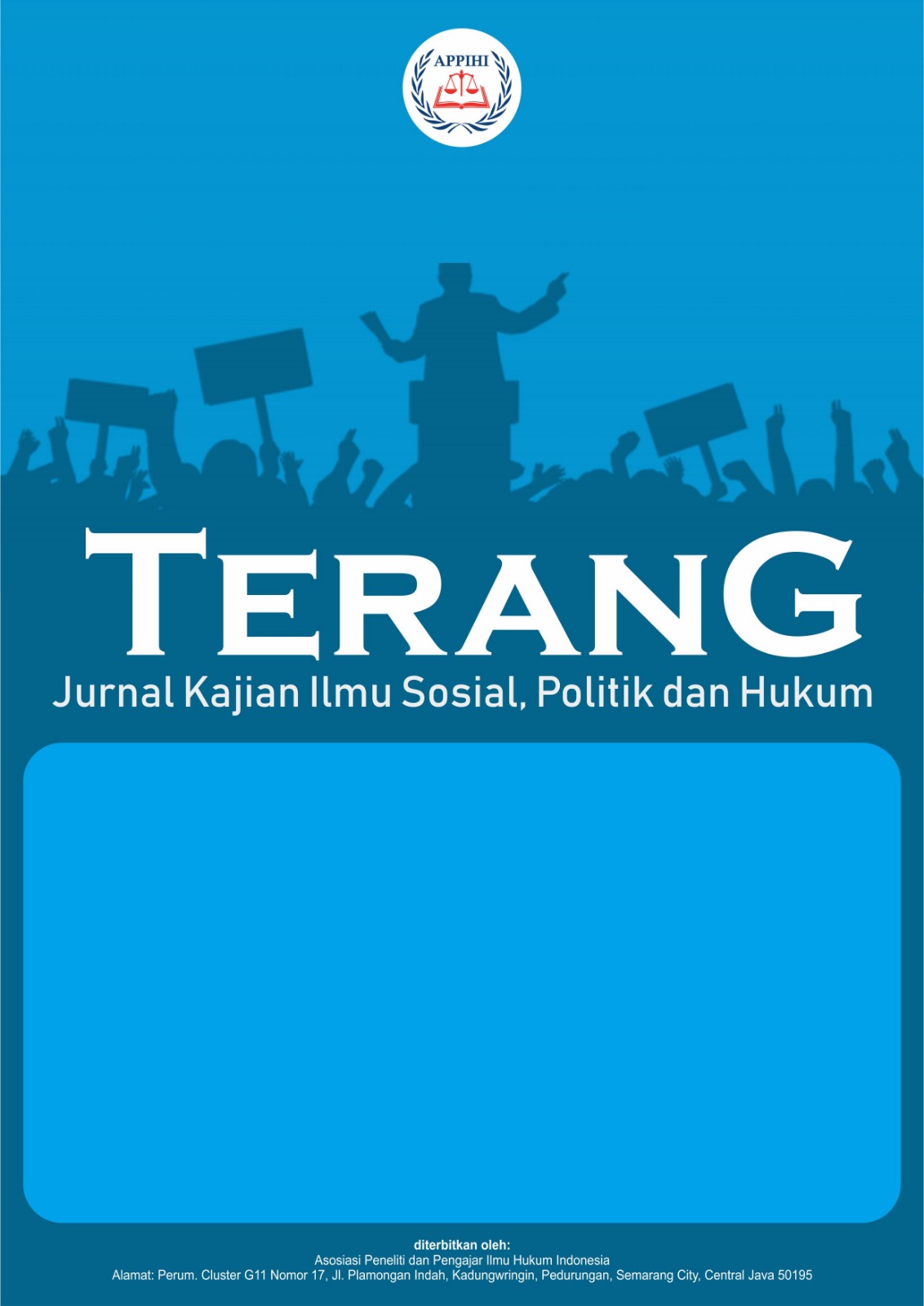Analisis Hak Serta Rehabilitasi Nama Baik Korban Tindak Pidana Pencemaran Nama Baik Melalui Media Sosial
DOI:
https://doi.org/10.62383/terang.v1i4.630Keywords:
Defamation, Legal protection, Rehabilitation of good nameAbstract
The rapid development of globalization today facilitates access to information circulating on social media, both positive and negative. This study examines the increasing cases of defamation in the digital age, focusing on legal protection aspects and rehabilitation efforts for victims. The purpose of this writing is to understand the role of the government and law enforcement authorities in addressing defamation offenses. Using a normative legal research method, it is concluded that: 1. To understand the forms of defamation offenses, 2. To determine the rights of victims of defamation. Protection and rehabilitation efforts for one's reputation are crucial in this era, considering the advancements in technology and the widespread occurrence of defamation.
Downloads
References
Asmadi, E. (2021). Rumusan delik dan pemidanaan bagi tindak pidana pencemaran nama baik di media sosial. Delegalata Jurnal Hukum, 6(1), 17.Hadana, E. S. (2010). Tindak Pencemaran Nama Baik: Suatu Perundang-Undangan dan Fikih Jinayah. PT. Bambu Kung.
Herman, H., Haris, O. K., Hidayat, S., Heryanti, & Sulaeman. (2023). Perlindungan hukum terhadap korporasi atas terjadinya pencemaran nama baik di media elektronik. Halu Oleo Legal Research, 5(1), 328.
Jaholden. (2021). Konsep Dasar Penelitian Hukum. Medan: Pustaka Prima.
Manullang, H. (2019). Pengantar Ilmu Hukum Indonesia. Medan: Bina Media Perintis.
Nama baik dalam perspektif perlindungan hak asasi manusia. (2017). Yuridika, 32(1), 126.
Rohmana, N. Y. (n.d.). Prinsip-prinsip hukum tentang tindak pidana penghinaan dan pencemaran.
Waluyo, B. (2011). Viktimologi Perlindungan Korban dan Saksi. Jakarta: Sinar Grafika.
Downloads
Published
How to Cite
Issue
Section
License
Copyright (c) 2024 Terang : Jurnal Kajian Ilmu Sosial, Politik dan Hukum

This work is licensed under a Creative Commons Attribution-ShareAlike 4.0 International License.





